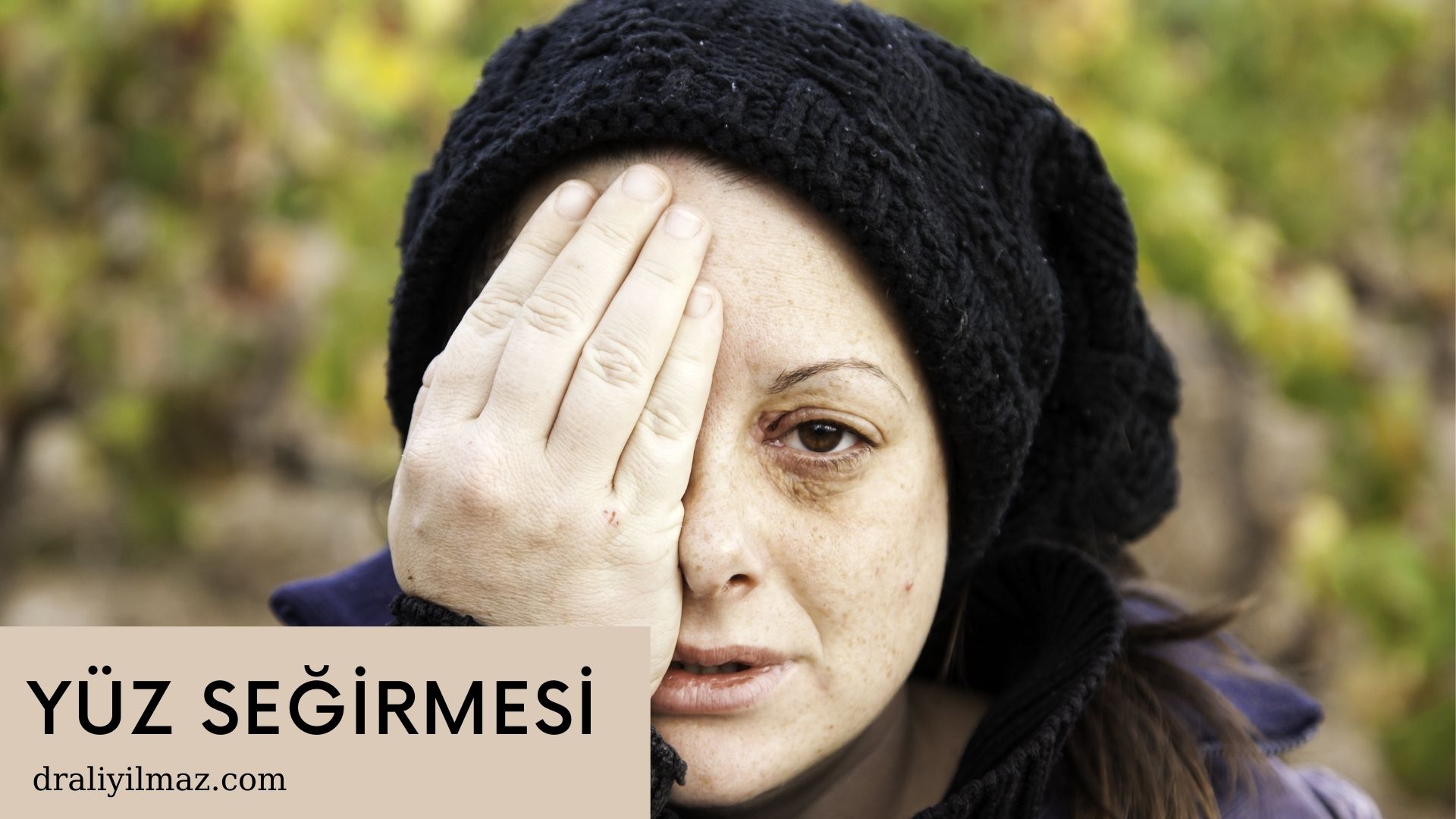
Facial Twitching - Hemifacial Spasm
Involuntary facial twitching can be caused by different things. One of these causes is the function of the 7th cranial nerve (facial nerve) and/or the brain region that controls it. is a disorder. This painless, involuntary twitching of one side of the face is called hemifacial spasm in medicine. The nerve originates from the brain stem. is caused by compression by abnormally shaped vessels in the area. The 7th cranial nerve moves the facial muscles, stimulates the flow of saliva and tears, stimulates the tongue controls the sense of taste in the anterior two-thirds. Unilateral facial spasm affects both men and women, but is more common in middle-aged and older women. is observed. Twitching may initially be occasional and short-lived. However, there is a risk that it may progress and become chronic.
Other possible causes of facial twitching include multiple sclerosis, brain tumors and cerebrovascular diseases. Excessive stress and tension can also cause facial may cause temporary twitching.
Symptoms of hemifacial spasm
The main symptom is involuntary twitching of the muscles on one side of the face. The twitching usually starts in the eyelid and spreads to the cheeks and mouth. Twitching may only be occasional at first, but there is a risk that it will become permanent. Facial cramps are usually painless, but psychologically they can negative effects. It may look like a seizure from the outside.
Diagnosis
A physical examination is essential to diagnose the cause of facial twitching. After taking the patient's history, the possibility of tumors, vascular abnormalities and multiple sclerosis is ruled out. Magnetic resonance imaging (MRI) is used to exclude these diseases. Because these diseases can cause similar symptoms, the source of the disease must be should be investigated. An MRI can also show the abnormal part of the artery pressing on the nerve.
Treatment
Botulinum toxin, used to paralyze muscles or treat wrinkles, is the first treatment option. It can be applied repeatedly for unilateral facial cramps. It is injected into the affected muscles. However, the effect is temporary. It is necessary to repeat after a certain period of time. Medications used to treat trigeminal neuralgia are can provide relief.
If conservative treatment does not help, surgery is recommended to surgically separate the abnormal artery from the nerve (called vascular decompression). However, conservative methods should be tried first. The surgery is performed under general anesthesia. The risk of side effects is minimal. Symptoms and pain, if any, with surgery can be permanently removed.
For information and treatment, you can contact Associate Professor Dr. Ali Yilmaz here.